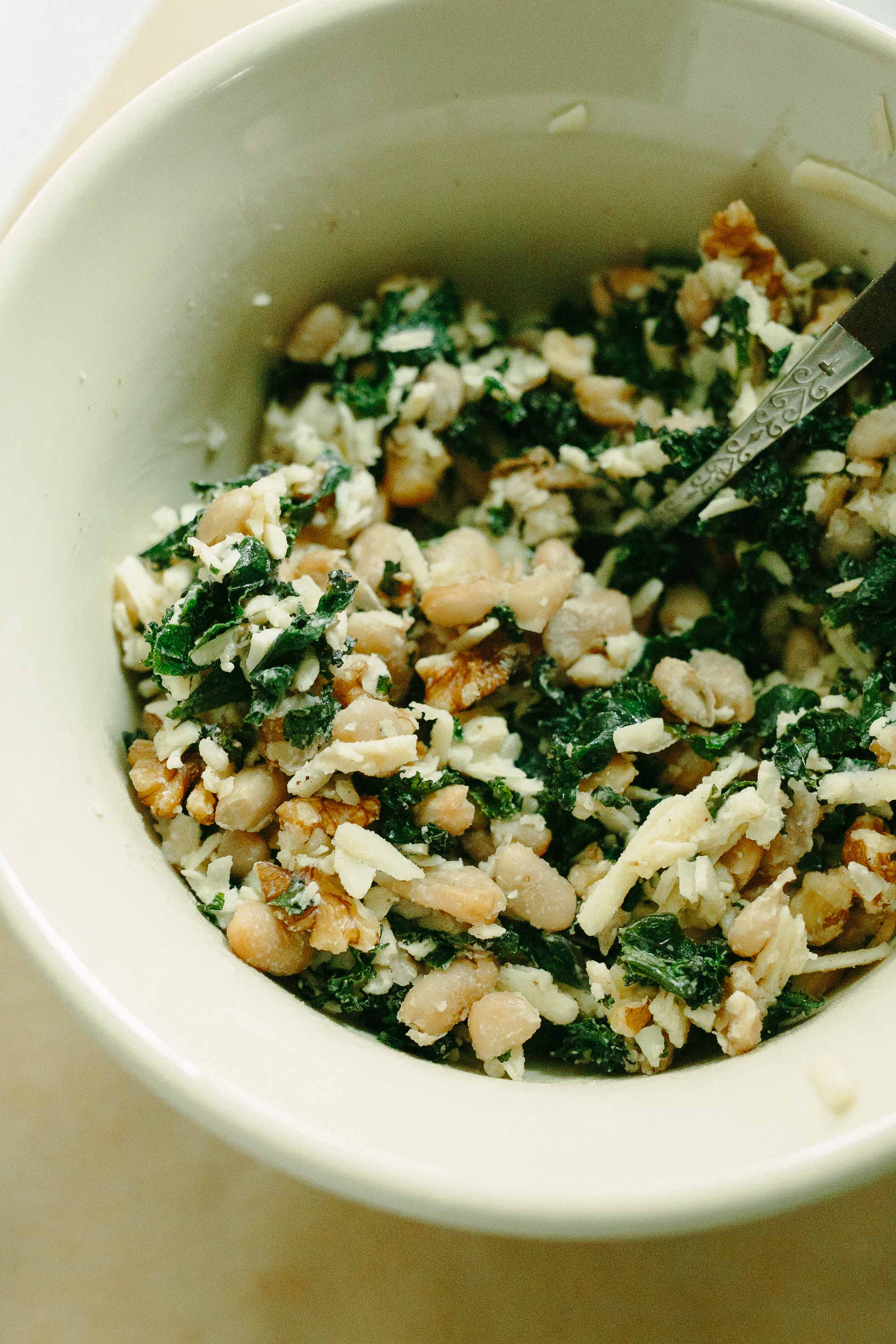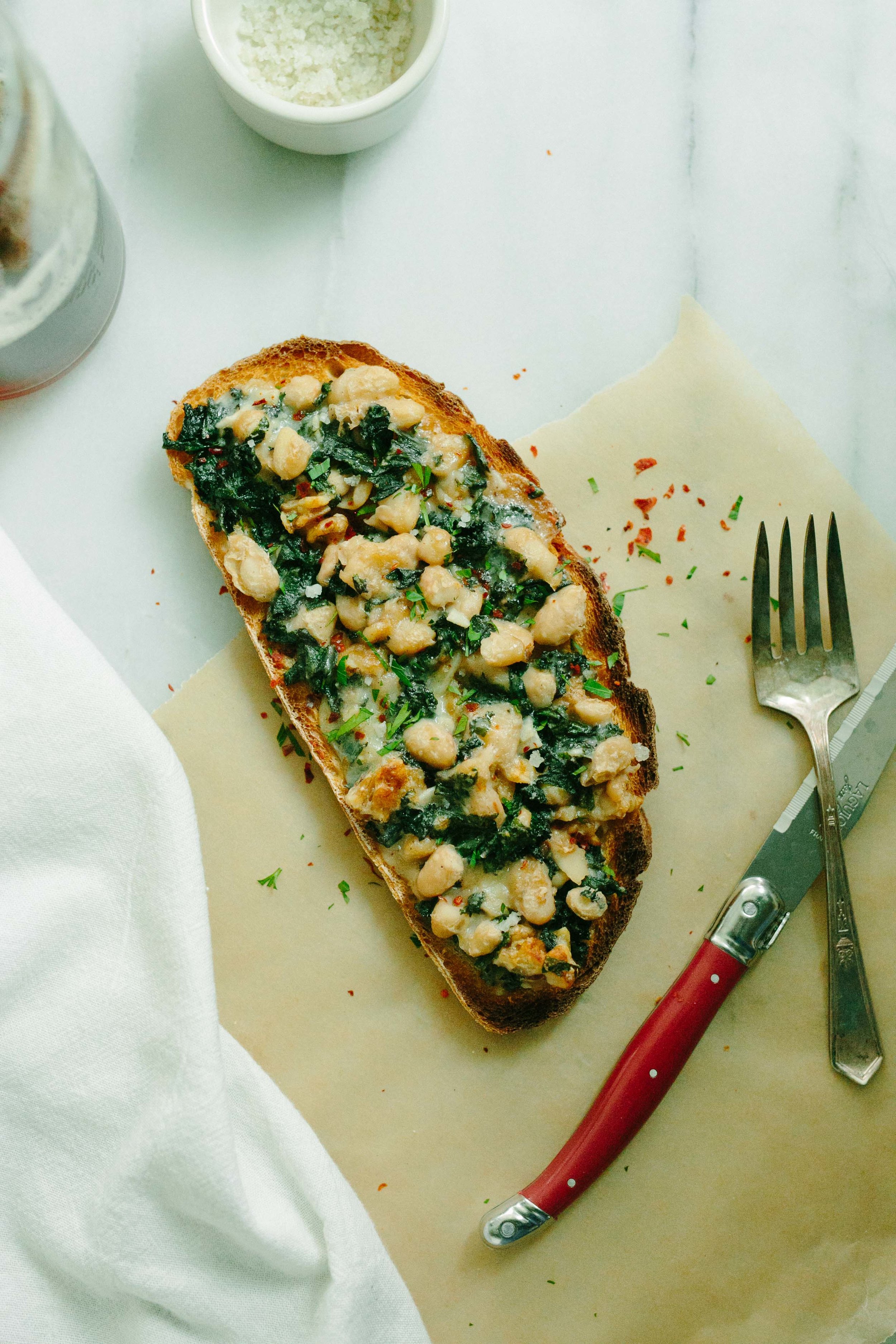Truth be told, I haven’t been writing here as of late for a few reasons:
I had a baby (who is going to be 3 in a couple of months, good lord). And she is a fierce, fiery force of nature, which has been so so so fun and so so so exhausting. Whenever I’ve had the energy to make something that is not grilled cheese, I have been so famished that waiting to eat it so I can take pictures has felt agonizing.
I have been riding a wave of postpartum emotions that has felt very confusing and very private. I have talked to some friends who have found themselves in similar places, and from what I can gather, if you find yourself being the primary parent of a small child while you’re living hundreds (or thousands) of miles away from family in a country that doesn’t value family leave (‘merica, fuck yeah), you’re not going to feel 100% great all of the time. In the next post, I’ll take some time to write about some things that have been helpful for me with navigating my feelings following parenthood in case you’re there, too (welcome to the club).
So many things have been going on in the news, in our country, even here in Utah, that have felt immensely important, and I have been struggling to feel like my voice and my interests in food have mattered in the midst of it all. I would get a flash of inspiration and hop in the kitchen and pick up my phone to turn on some music, and some clickbait about the climate crisis or another shooting would pop up on the screen and suddenly I would be consumed by feelings of hopelessness and sadness and wonder where the greater value lay in my work.
And at the same time, food became an immensely important component of both self-care and connecting with people while I navigated my own emotions surrounding parenthood. I began to notice how having nutritious prepared ingredients made constructing a quick, wholesome meal so much easier, and how easily my spirits were raised by eating something full of vegetables and textures and flavor. I noticed how sweets generally didn’t make me feel emotionally great, and at the same time, there was nothing better than eating a gigantic chocolate chip cookie when what I was craving was a gigantic chocolate chip cookie. Sauces like romesco and tahini-lemon dressing could take a simple plate of scrambled eggs, a handful of arugula, and toast into the stratosphere. Braised meats and stews waiting patiently in the fridge felt like the equivalent of a bear hug each time I portioned some out to be reheated.
I have also been finding immense joy in having dinner with friends during the week, even if dinner looks much different than it used to. My days are usually unpredictable in terms of sleep, food, exercise, and work, and sharing food with others at the end of the day has proved to be a powerful reset button. It additionally has helped my daughter feel a greater sense of community and belonging, and has allowed her to bond with good friends who have become our Utah family over the years. We have made some basic AF dinners at times, let’s be honest, but even mac and cheese can feel soul-quenching when you’re sharing it with other grateful and hungry parents.
This is not mac and cheese, can you tell? ;) That said, it is more basic than it seems. The potatoes may be cooked ahead of time, arugula can be grabbed out of the clamshell and plunked straight into a salad bowl, and the slow-roasted salmon is cooked gently enough that it will weather a potty-training mishap distracting you from the kitchen (plus it can be cooked in advance, too).
From a nutrition and flavor standpoint, this recipe ticks so many of my favorite boxes. Lots of protein and complex carbs fill you up, but the arugula and bright dressing liven up the dish and keep the flavors interesting and more-ish. And it is the kind of recipe that can handle additions (avocado! green beans! eggs!) and changes (no tarragon in the dressing! red wine vinegar instead of lemon juice!) gracefully.
This is the point in the post where I try to wrap up all of the thoughts in a neat package, and my brain on 4 hours of sleep. just. does. not. want. to. do. it. today. So many thoughts! So many feelings! But where I was trying to go at the beginning of this whole thing was to say that good food has proved to be meaningful in that it helps me to be more present and grateful and happy and charismatic and a better parent and a better friend and a better partner and a better family member and a better person. The best version of myself.
Imagine, if we were all the best versions of ourselves… oh man, wouldn’t it be FANTASTIC.
slow-roasted salmon and pink potato salad
Do your potatoes need to be pink for this salad? No way. Does your salmon need to be wild, or should it be farmed? Up to you. Even the ingredients list for the dressing is fudge-able. I like an herby, heavy on the mustard dressing, but you can adjust amounts to your liking. The thing that makes or breaks this salad the most is how robust and lively your arugula happens to be, so be picky; if all of the arugula is wilty and sad looking, baby spinach will work in a pinch.
In classic busy-parent form, this recipe is brief and rather general in instruction. I’ll come back and adjust it when I have time. Or I won’t! We shall see. If you can boil potatoes and mix things with a whisk, you’ll be fine. <3
Dressing:
1 small shallot, thinly sliced
juice and zest of 1 lemon, preferably Meyer
1 large pinch salt
1 dollop (2 teaspoons-ish) dijon mustard
1 dollop (2 teaspoons-ish) whole-grain mustard
1-2 tablespoons chopped soft herbs (such as tarragon, chives, chervil, and/or parsley)
olive oil (2-3 tablespoons)
Salad:
1 pound fingerling or other small potatoes, sliced, and boiled in salted water until tender; drain and cool.
3-4 good handfuls arugula
1/2 pound slow roasted salmon (rub uncooked filets with a generous amount of olive oil, sprinkle with kosher salt, and roast in a pre-heated 250˚F oven until just cooked through but still moist, checking after 20 minutes; for me, thick filets can take upwards of 30 minutes).
Freshly ground black pepper (optional)
Make the dressing by whisking together everything but the olive oil in a small bowl (or, if making the salad immediately, directly in a salad bowl). Slowly add in the olive oil, whisking until well-combined and emulsified.
Combine the cooked and cooled potatoes and the dressing and mix well to combine.
Using your hands or a fork, gently break the salmon into bite-sized chunks or flakes.
Just before you are ready to serve the salad, add the arugula and toss gently with your hands. Scatter the salmon over the top of the salad, and toss once or twice with your hands to somewhat combine without breaking up the salmon chunks. Serve immediately (with the option for ground black pepper, if you wish), though if you don’t mind wilted arugula, the salad can sit for up to an hour.

























